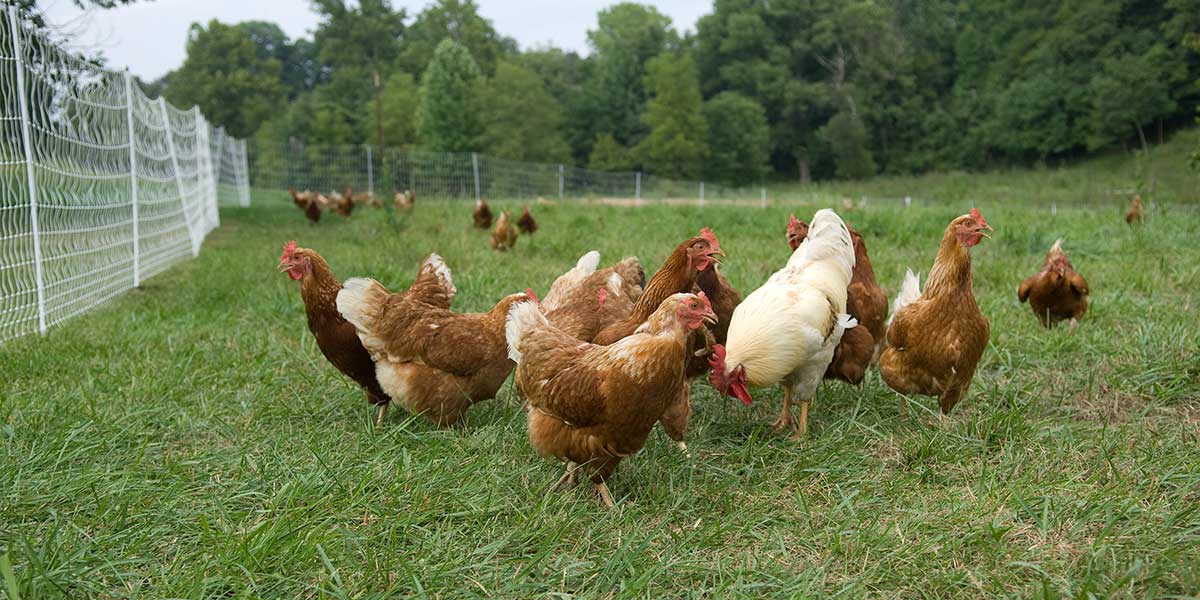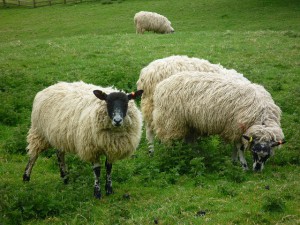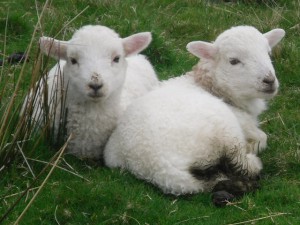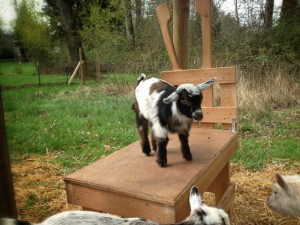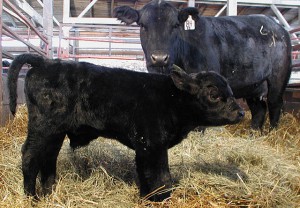A couple of weeks ago we released some tips on lambing that will help you make it a smoother process. There are many reasons to raise sheep and it’s important to first find out your reasons for wanting to raise sheep in the first place. They can be great for improving your agricultural landscape as livestock grazing helps to to control vegetation and preserve open lands. Also, they can be great to raise for profit, and it isn’t as hard as some think it is. But, whatever your reason, here are some tips to help you get started if you want to start raising sheep.
Tip #1 – Housing
Traditional barns are, by far, the most standard choice for housing when raising sheep for profit. While they might be expensive, they give the best protection for sheep, the feeds, and the equipment. If you’re looking for something less expensive, a hoop house can be a good alternative. Additionally, you’re going to want to make sure where you put the barn is on elevated ground, has good drainage, wind protection, electricity, and easy access for deliveries and trash collection.
Tip #2 – Feeding
Whatever you plan on doing with your sheep herd, I would recommend that you invest in some feeders, not only will it make feeding easier, it will also reduce the risk of your sheep contracting diseases. Feeding sheep on the ground can increase this risk because your sheep are likely to use the same area that you feed them in as their bathroom, which means that the feed can get contaminated.
Tip # 3 – Handling
Sheep are very tame and sociable creatures, like goats, they strive for an environment that follows a routine and is peaceful. Also, make sure to keep your sheep together, this will help foster a sense of home and helps them stay comfortable. The more comfortable your herd is, the healthier they will be.
Tip #4 – Management
The style in which you manage your herd’s breeding schedule is also extremely important. There are three different styles of lambing. Early lambing takes place from January to February, and then selling the lambs in early summer. Late lambing, which occurs between April and May, which will reduce production costs but the lambs will also be sold for less. Finally, there is also accelerated lambing, which increases production, but also puts additional strain on the sheep and needs extremely close attention to your herd.
We hope that these tips will help you with your research into raising sheep. For any identification needs, we carry a wide variety of animal ID tags, and Tambra Brass Tags!
Lisa Podwirny is the owner of Ketchum Mfg. Connect with her on Google+!
